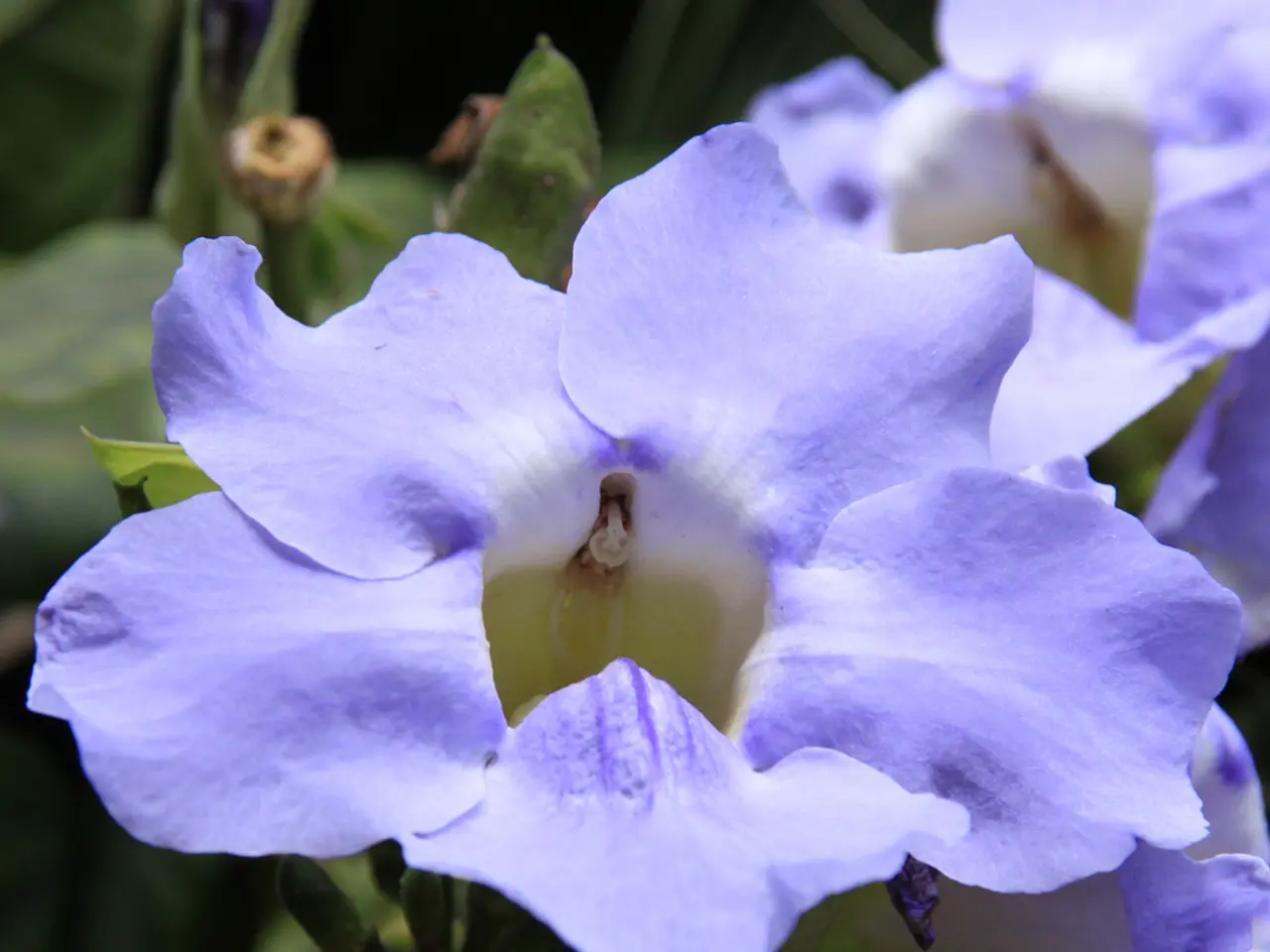Annual Hortensia Care: Fertilize for Blooming Next Year, Recommended 10 Liters Per Adult Plant Now
Hydrangeas, known for their vibrant blooms, can benefit significantly from phosphorus-potassium fertilization, especially during late summer and as winter approaches. These nutrients play crucial roles in promoting root development, strengthening the plant, and supporting bloom formation.
Phosphorus encourages strong root growth, which is vital as the plant prepares for dormancy. Meanwhile, potassium helps with overall hardiness and winter resilience. By applying a fertilizer high in phosphorus and potassium toward the end of the growing season, hydrangeas can build up nutrient reserves and develop stronger root systems, supporting their survival over winter and enhancing flowering potential for the next season.
Key points to remember:
- Phosphorus supports root development and bloom formation.
- Potassium contributes to plant vigor and winter hardiness.
- Fertilizing through August strengthens hydrangeas before dormancy but should stop afterward to avoid tender growth vulnerable to frost.
- Balanced fertilizers with these nutrients are recommended for mature hydrangeas during late summer to prepare for winter.
For young hydrangea plants, watering with 5 liters of the prepared fertilizer solution is sufficient. Adult hydrangea plants require 10 liters. The fertilization should ideally be done twice in August, with an interval of 14 days. To prepare the fertilizer, 15 grams of monopotassium phosphate and 1 tablespoon of lemon acid are dissolved in 10 liters of water.
However, it's important to note that such fertilization is not recommended if the plant is suffering from overwatering or is in a state of stress caused by diseases or pests, as it may harm the plant. Before applying the fertilizer, hydrangeas should be well watered for better nutrient absorption.
Potassium also strengthens the immune system and increases frost resistance in hydrangeas. Phosphorus stimulates the formation of healthy shoots and prepares for flowering in hydrangeas. Hydrangeas set flower buds for the next year at the end of summer - beginning of autumn.
By the end of summer, nitrogen fertilizers are excluded or minimized as they stimulate the growth of green mass, which is undesirable at this time. Hydrangeas require a fertilizer rich in potassium and phosphorus compounds in August.
Sources: [1] Gardening Know How. (2021). Hydrangea Fertilizer Guide. Retrieved from https://www.gardeningknowhow.com/ornamental/flowers/hydrangea/hydrangea-fertilizer-guide.htm
[2] The Spruce. (2021). How to Fertilize Hydrangeas. Retrieved from https://www.thespruce.com/fertilizing-hydrangeas-1412692
[3] HGTV. (2021). Hydrangea Care: How to Grow Hydrangeas. Retrieved from https://www.hgtv.com/outdoor-gardens/hydrangea-care-how-to-grow-hydrangeas
[4] Better Homes & Gardens. (2021). Hydrangea Care. Retrieved from https://www.bhg.com/gardening/flowers/hydrangea/hydrangea-care/
Science and gardening intertwine as hydrangeas, renowned for their radiant blooms, gain significant benefits from phosphorus-potassium rich fertilizers, especially during the late summer and early autumn. Phosphorus boosts root growth, essential for the plant as it prepares for dormancy, and stimulates flower bud formation. Potassium lends a hand with overall plant vigor, winter hardiness, and immune system reinforcement. For a healthy lifestyle and optimal flowering potential in the next season, it's recommended to fertilize hydrangeas with a balanced mix of these nutrients, following the suggestions provided by leading home-and-garden resources like Gardening Know How, The Spruce, HGTV, and Better Homes & Gardens.




